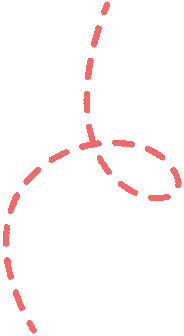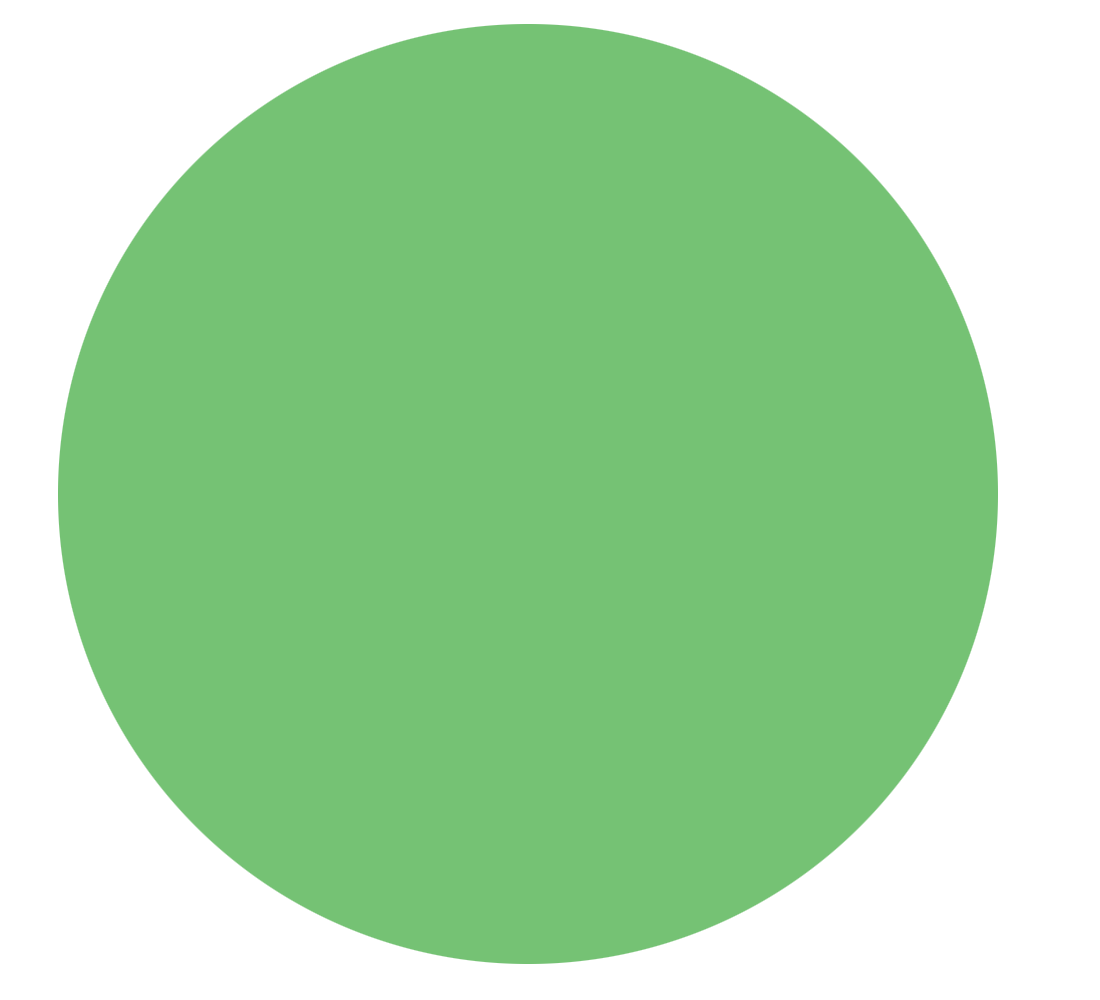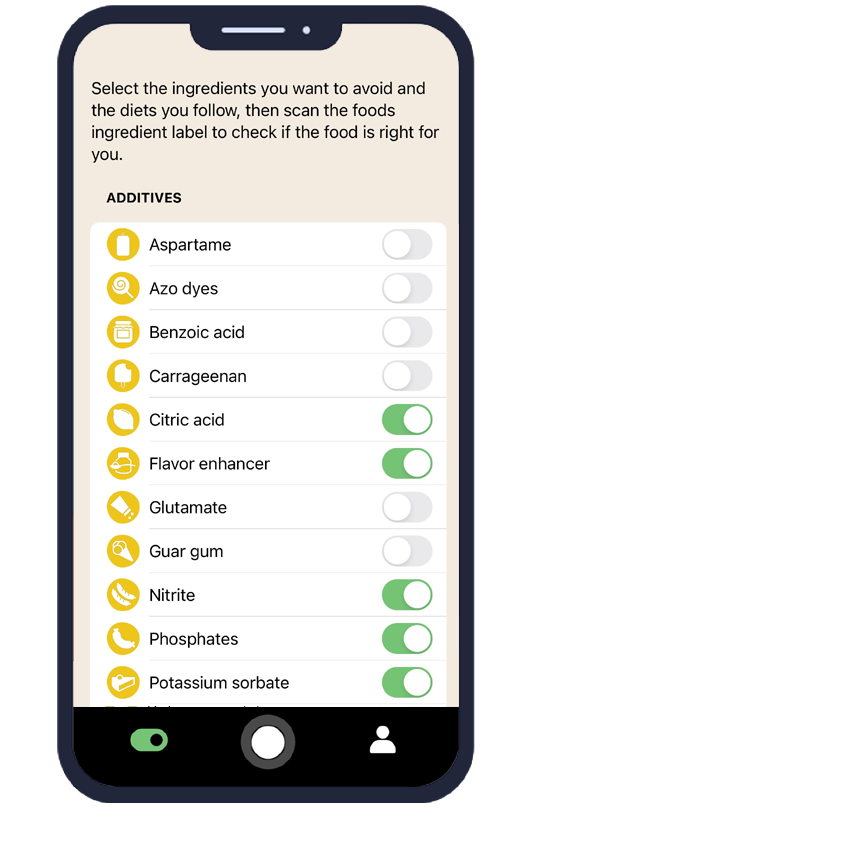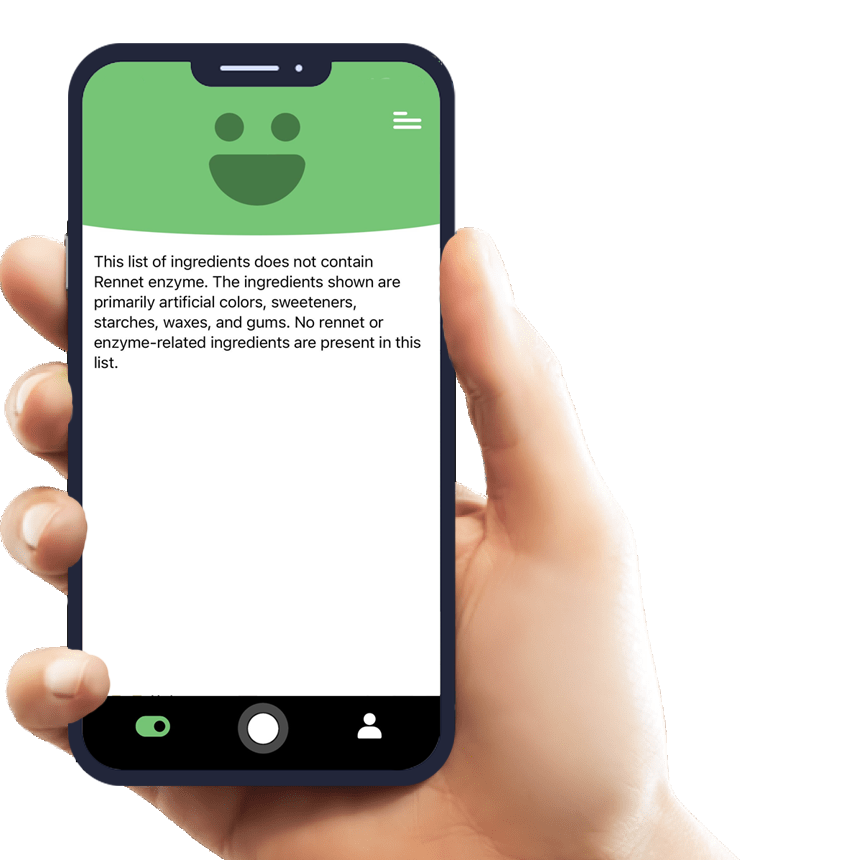Everything You Need to Know About Oats and How AI Eat This Can Help You Avoid Them
Oats are one of the most common cereal grains found in countless food products worldwide, yet many consumers struggle to identify their presence in processed foods. For individuals with celiac disease, gluten sensitivity, or specific dietary restrictions, avoiding Oats can be crucial for maintaining their health and well-being. The AI Eat This mobile app revolutionizes how consumers identify Oats and other ingredients by instantly scanning food labels in any language, making dietary management simpler and more reliable than ever before.
What Are Oats and Where Are They Used?
Oats (Avena sativa) are a whole grain cereal commonly used as both a primary ingredient and food additive in numerous products. While naturally gluten-free, Oats often become contaminated with gluten-containing grains during processing, making them a concern for people with gluten-related disorders. They serve multiple functions in food manufacturing, including providing texture, nutrition, and binding properties.
The versatility of Oats makes them appear in unexpected places throughout the food supply. Beyond obvious products like oatmeal and granola bars, they're frequently used in processed foods as thickeners, stabilizers, and nutritional enhancers. Understanding where Oats hide in food products is essential for those managing dietary restrictions.
Common Foods Containing Oats
Oats appear in a wide variety of food products, often in forms that consumers might not immediately recognize:
- Breakfast cereals and instant oatmeal products
- Granola bars, energy bars, and protein bars
- Baked goods including cookies, muffins, and bread
- Processed meats as fillers or binders
- Dairy alternatives and plant-based milk products
- Soups and sauces as thickening agents
- Baby foods and toddler snacks
- Gluten-free products (using certified gluten-free Oats)
Are Oats Safe? What Does the Research Say?
The safety of Oats depends largely on individual health conditions and the processing methods used. Major health authorities including the FDA, EFSA, and WHO generally recognize Oats as safe for consumption by the general population. These organizations acknowledge Oats as a nutritious whole grain that can be part of a healthy diet.
However, the primary safety concern with Oats relates to gluten contamination during harvesting, transportation, and processing. Studies show that commercially available Oats often contain gluten levels exceeding safe thresholds for people with celiac disease. This contamination occurs when Oats are processed in facilities that also handle wheat, barley, or rye.
Regulatory Guidelines and Standards
The FDA has established specific labeling requirements for gluten-free claims on oat products. Products labeled as "gluten-free" must contain less than 20 parts per million (ppm) of gluten. Only specially processed, certified gluten-free Oats meet this standard and are considered safe for individuals with celiac disease or severe gluten sensitivity.
Risks for Specific Groups
While Oats are generally safe, certain individuals should exercise caution or avoid them entirely. People with celiac disease may react to avenin, a protein in Oats similar to gluten, even when consuming certified gluten-free varieties. Additionally, those with Oats allergies, though rare, can experience severe reactions including digestive issues, skin problems, or respiratory symptoms.
How AI Eat This Helps You Avoid Oats in Food Products
The AI Eat This app transforms the challenging task of identifying Oats in food products into a simple, instant process. By using advanced artificial intelligence and optical character recognition technology, the app scans ingredient lists through your smartphone camera and immediately identifies Oats presence, regardless of the language on the packaging.
Users can create personalized dietary profiles that automatically flag products containing Oats or related ingredients. The app recognizes various forms and alternative names for Oats, including oat flour, oat bran, oat fiber, and beta-glucan. This comprehensive detection system ensures you won't miss hidden sources of Oats in processed foods.
The app's multilingual capabilities make it invaluable for travelers or those shopping for imported products. Whether you're reading labels in English, Spanish, French, or dozens of other languages, AI Eat This accurately identifies Oats and provides instant feedback about product suitability for your dietary needs.
Who Should Consider Avoiding Oats?
Several groups of people may need to avoid or limit Oats in their diet due to health conditions or personal preferences. Individuals with celiac disease should only consume certified gluten-free Oats, as regular Oats pose significant health risks due to cross-contamination. Some people with celiac disease may need to avoid Oats entirely if they react to avenin proteins.
People following strict gluten-free diets for non-celiac gluten sensitivity may also choose to avoid Oats as a precautionary measure. Additionally, individuals with diagnosed Oats allergies must completely eliminate all oat-containing products from their diet to prevent allergic reactions.
Those managing specific dietary restrictions for religious, cultural, or personal reasons may also need to identify and avoid Oats in their food choices. The AI Eat This app supports all these dietary management needs with its comprehensive ingredient detection system.
Tips for Maintaining an Oats-Free Diet
Successfully avoiding Oats requires vigilance and the right tools for ingredient identification. Always read ingredient labels carefully, as Oats can appear under various names including oat flour, rolled oats, oat bran, and oat extract. Be particularly cautious with processed foods, baked goods, and breakfast products where Oats are commonly used.
When dining out, communicate clearly with restaurant staff about your need to avoid Oats, especially in establishments serving breakfast items or health-conscious menu options. Many restaurants use oat-containing ingredients in unexpected dishes, including soups, sauces, and meat preparations.
Consider shopping at stores with dedicated gluten-free sections, but remember that not all gluten-free products are Oats-free. Use the AI Eat This app to verify ingredients before purchasing, ensuring that your dietary restrictions are properly managed.
Conclusion
Understanding Oats and their widespread presence in food products is essential for anyone managing dietary restrictions, allergies, or health conditions like celiac disease. While Oats offer nutritional benefits for many people, those who need to avoid them face the ongoing challenge of identifying hidden sources in processed foods and food additives.
The AI Eat This app eliminates the guesswork and anxiety associated with managing Oats avoidance, providing instant, accurate ingredient identification that supports your health goals and dietary restrictions. With its user-friendly interface and comprehensive database, the app empowers consumers to make informed food choices with confidence.
Take control of your dietary management today by downloading AI Eat This for free testing and experience how technology can simplify your journey toward better health and nutrition!

70 filters
With over 70 filters, you can easily avoid certain ingredients and follow your dietary preference.

Paleo

Pescetarian

Ultra-processed food

Vegan







































































